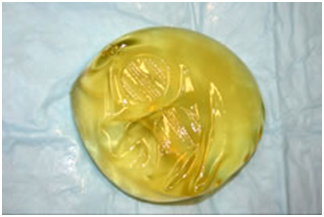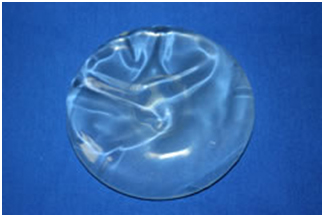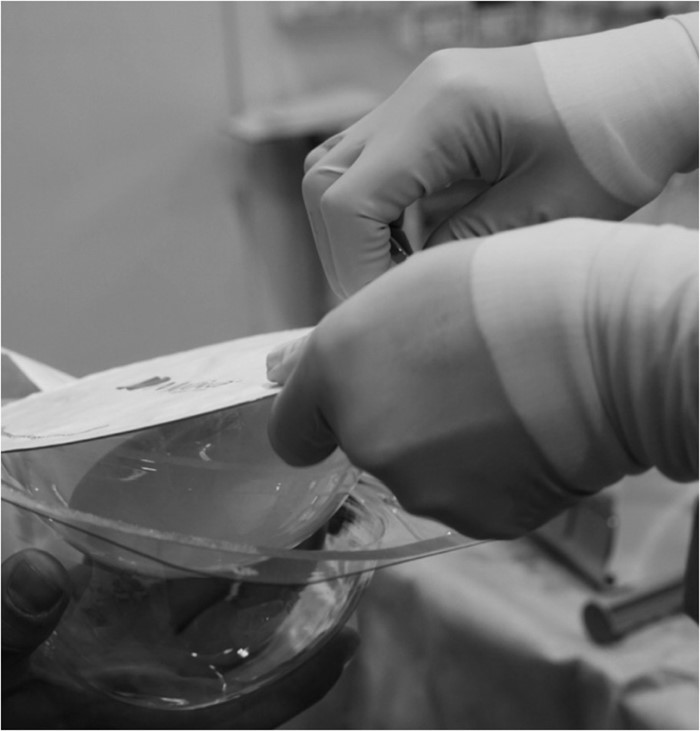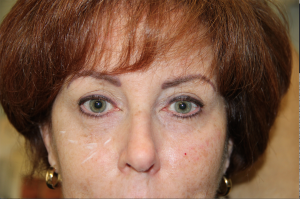Call Dr. Glicksman 732-974-2424
Dr. Caroline Glicksman Explains a History of Augmentation
Silicone gel implants are the most commonly used breast prosthesis worldwide. They have been available since 1963 and have evolved dramatically over the last 40 years. Understanding the history of the development of these devices is important when you are considering any type of breast implant. The age and the generation or type of breast implant are important because more complications are associated with earlier-generation devices. The organization of silicone implants into generations aids in understanding the evolution of these devices and the improvements in complication rates over time.
Get The Discussion Going With Dr. Glicksman
Talk to Dr. Caroline Glicksman about the evolution of implants in New Jersey.
First-Generation Silicone Implants
The first generation of silicone gel implants corresponds to devices developed in the 1960s. These include the original silicone implant manufactured by Dow Corning from 1964 to 1968. These earliest devices were characterized by Dacron patches, which were placed on the posterior wall. These silicone implants were produced until the early 1970s, and the most common complications were capsular contracture (hardening and distortion of the breast implant caused by scar tissue) and rupture.

Second-Generation Silicone Implants
The second generation of silicone implants was also produced by Dow Corning, from about 1972 until 1986. These devices were modified with a thinner shell and less viscous or thinner, more liquid gel. In addition, the patches were removed. These changes did not, however, reduce capsular contracture rates.

Third-Generation Silicone Implants
In the early 1980s, third-generation devices were introduced and were characterized by thicker, reinforced barrier shells. These properties are still found in fourth- and fifth-generation devices today.

Fourth, Fifth, and Sixth-Generation Silicone Implants
The modifications found in fourth, fifth and newest sixth-generation silicone implants are primarily changes in the silicone gel technology. The cross-linking of the gel molecules produces the cohesiveness that gives an implant its characteristic feel. Further, engineers have created devises that affect the connection between the shells and the gel. Each advancement designed to increase implant longevity, enhance the softness, and alter the shell to help produce less foreign body reaction. Dr. Glicksman is highly trained and experienced using all breast implants that are currently available within the US, both FDA approved and investigational.

A Word On Saline Breast Implants
Saline breast implants were first manufactured in 1964. The earliest devices had high deflation rates, but modifications in the design of the shell allowed the development of the modern saline implant. Although all saline implants will eventually deflate, the deflation rate varies by style, manufacturer, and surgical technique. Very low deflation rates were reported by Inamed Corporation (now Allergan/AbbVie) and Mentor Corporation in their respective large, simple trials. The failure rate may be affected by the overfilling or underfilling of saline implants at the time of the surgery. Because of the eventual deflation of saline implants and the clinical effectiveness and safety of newer gel devices, silicone is now preferred over saline by most patients and physicians worldwide.
Every Patient. Every Time.
Dr. Glicksman is a board-certified plastic surgeon who has been committed to delivering expert, state-of-the-art care for her patients for over 25 years. The doctor performs all of her own consultations, procedures, and treatments and does not use “practice extenders” to care for her patients.

More Information
Videos on breast revision:
- Considering All Options
- The Life of Breast Implants
- Breast Implants: Round, Shaped, and Now a New “Super Round”
- Read: The Best Breast Book 2 by Dr. John Tebbetts
- Read: The Use of Form Stable Devices in Breast Implant Revision Surgery
- Read about Principles of Breast Augmentation
Know Your Options: Start The Conversation
Talk to Dr. Caroline Glicksman, a plastic surgeon in New Jersey. Call to schedule a consultation today.
Dr. Glicksman In The Media
Dr. Glicksman is one of the founding members of the Plastic Surgery Channel and is a frequent contributor, serving on their Medical Advisory Board. Frequently asked to contribute to the health section of magazines like Allure, she also contributes educational content to many courses, textbooks, and peer-reviewed journals, including filming at WebMD studios in New York City.
View a selection of videos ranging from informative interviews about cosmetic and reconstructive procedures to real patients sharing their success stories. Tour her New Jersey practice, view Vectra® 3D Imaging simulations of results, check out the latest advances in surgical and nonsurgical techniques, and more.
Visit Our Video Gallery And Get To Know Dr. Glicksman








